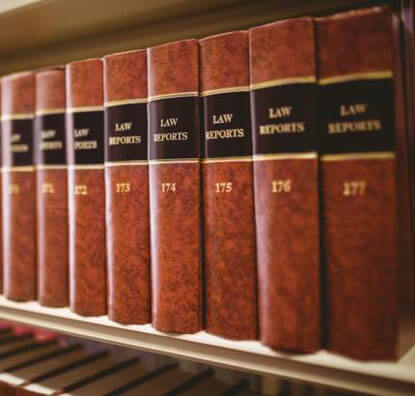
Currently Kodak is confident about selling its patent portfolio for $500 million, and continuing talks with both Google and Apple, as also with other potential purchasers. However, until now, the bids have been too low to meet the needs of Kodak or the worth of the huge library of patents held by Eastman Kodak.
Antonio Perez, Kodak’s chief executive said in a statement that the deal would allow Kodak to free itself from the grips of Chapter 11 bankruptcy within the first half of 2013. Perez said, “The significance of this agreement for Kodak is that it establishes a clear path for our emergence as a stronger, more focused company.”
If and when Kodak manages to emerge from bankruptcy following the sale of its patent portfolio, for which it has been searching purchasers for over a year, the company would of course not be the same. With most of its patent portfolio sold off, Kodak would initially be limited to its commercial imaging business and would have to move forward without the intellectual property legacy of Eastman Kodak.
However, there are still legal difficulties that Kodak needs to resolve as some second-lien holders filed objections on Monday against Kodak’s request to keep exclusive control of its bankruptcy process through Feb. 28. If objections were allowed, then creditors, or groups of creditors, would be able to propose alternative plans to end bankruptcy, and may not allow the financing deal to go through.








































